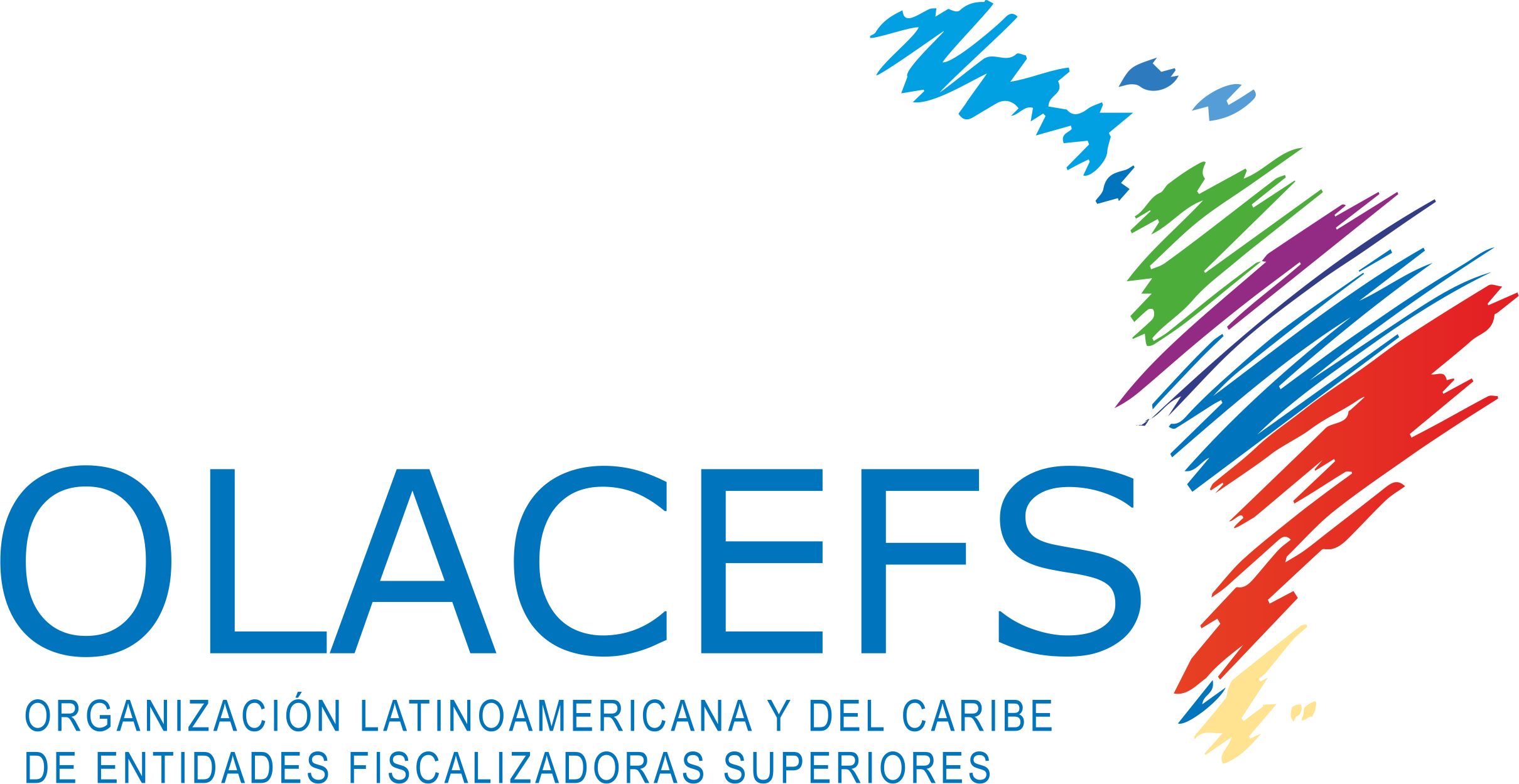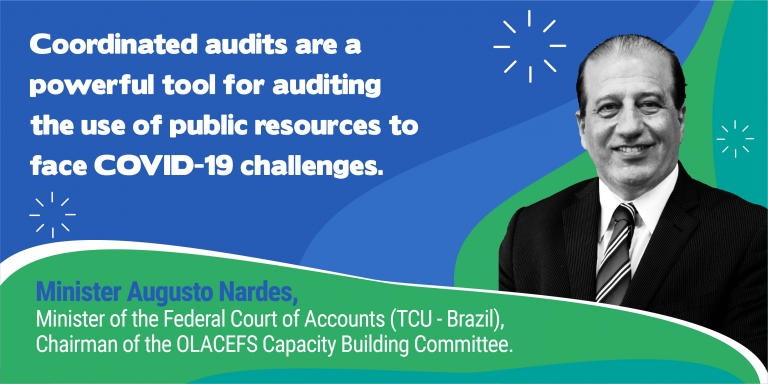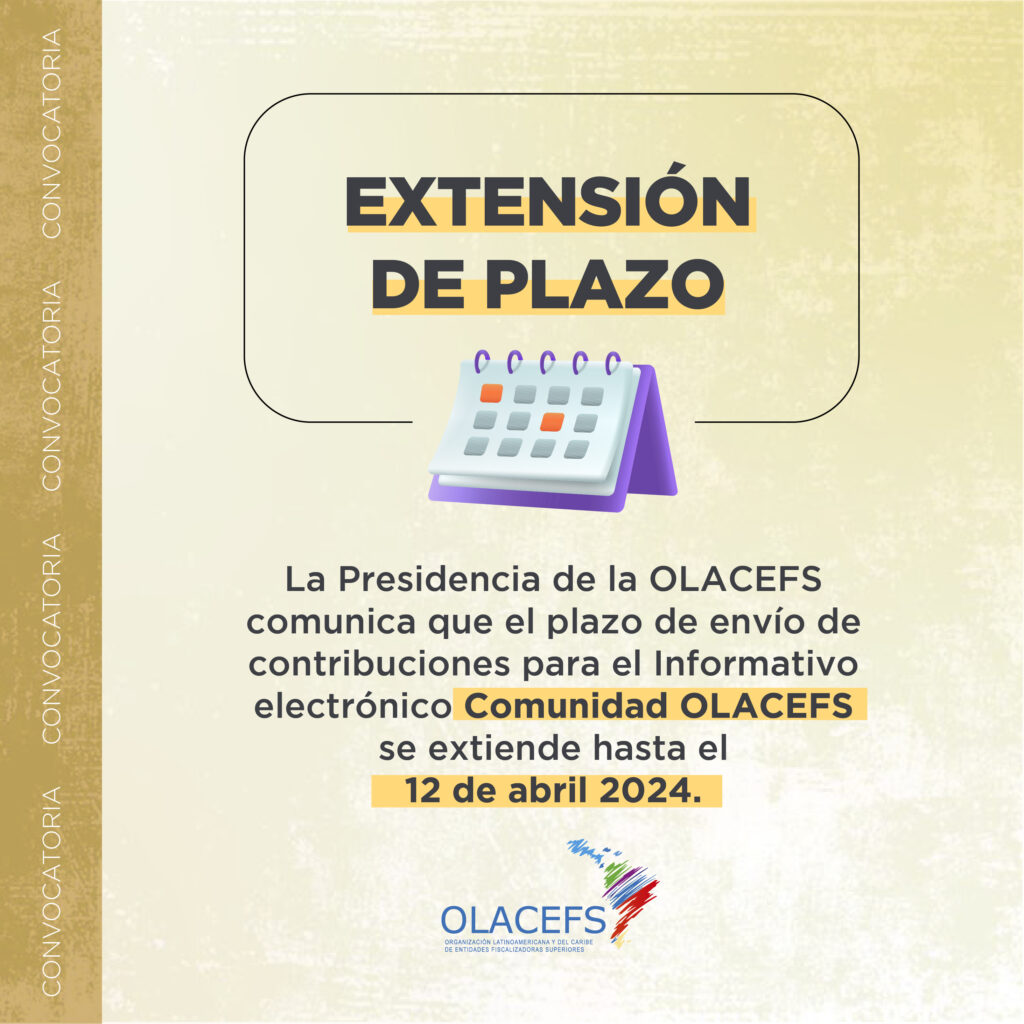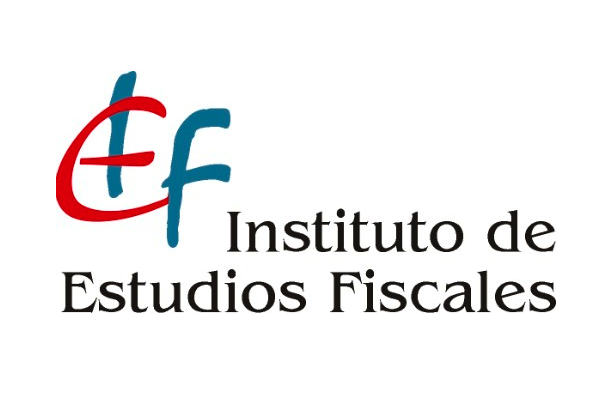Minister Augusto Nardes
Minister of the Federal Court of Accounts (TCU – Brazil)
Chairman of the OLACEFS Capacity Building Committee
The COVID-19 pandemic has caused an unprecedented crisis in the world and requires a collaborative effort from all areas of society to make adaptations, so that short-term impacts are as minimal as possible. In that sense, I reinforce that active and efficient action by the Supreme Audit Institutions (SAIs) is crucial in this challenging scenario for everyone.
Therefore, in this context, it is important that the SAIs have instruments and tools at hand that can be applied efficiently and effectively in the exercise of the external control activity.
One such instrument is certainly the coordinated audits (CA), widely used in the OLACEFS since 2013. Coordinated audits are an integrated training strategy that leverages knowledge about the topics addressed and the methods used, reinforcing the contemporary paradigm of government auditing and effectively disseminating international standards and best practices in each SAI and among its auditors.
It can be said, however, that coordinated audits represent a powerful tool to audit the use of public resources in government programs and actions in the fight against COVID-19.
The OLACEFS recently released the Spanish, Portuguese and English versions of the Coordinated Audit Manual, a document prepared by the Coordinated Audit Task Force (FTAC) of the Capacity Building Committee (CCC). This manual has updating and compiling guidelines and best practices for coordinated audits as one of its main objectives, not only in our region, but also throughout INTOSAI. Through the manual, any SAI will be able to quickly and easily understand the various stages to be followed during this audit process. The clear intention of the document is to encourage the widespread use of this instrument.
The manual details the stages of a coordinated audit, namely:
- Making a decision to carry out the audit;
- Search for sponsors;
- Selection of the topic;
- Formalization of the audit;
- Training;
- Execution of the audit;
- Preparation of the consolidated report;
- Disclosure of results;
- Assessment;
- Monitoring.
The development of a coordinated audit consists of a process that begins with the decision to carry out the CA. Before choosing the specific topic and approach, the prerequisites of the work should be defined in order to start the dialogue with the other SAIs. It is also important to identify the issue, the macro approach (e.g. environment) and to develop a framework that includes the scope, objectives and focus of the CA.
In the second stage, the search for national and international sponsors begins. The capacity building and innovation potential of the CAs is of interest to multilateral initiatives and agencies. Those involved in these initiatives will be able to derive additional benefits such as scalability, comparability, cost-sharing, indicators and specific goals. This process is mutually enriching and beneficial for countries and organizations, as it provides knowledge and experiences that contribute to the follow-up of international commitments and debates around global policies.
Given the existence of technical and operational feasibility for the realization of the CA, the technical team proposes the topic for discussion in the working group and adjustments. The topic of CAs should be as specific as possible. It is recommended to select an action area (Safety, Health, Education, Environment, for example) or one that covers certain public policies of interest to all involved. The proposal of very open or broad issues prevents CAs from achieving their objectives efficiently and effectively.
In the fourth stage, the CA is formalized with the drafting and signing of a formal agreement by the heads or legal representatives of the participating institutions. The training process is then carried out. There are multiple opportunities for capacity building throughout the CA process. Through the combination of training objectives, such as online courses and face-to-face workshops, auditors keep up to date with the methodology and deepen their knowledge of the specific subject dealt with by the audit.
Subsequently, in the sixth stage, the execution of the audit is initiated, which must be conducted by the participating SAIs simultaneously, as much as possible. This maximizes opportunities to exchange audit experiences and findings and makes their results more easily comparable, which is highly desirable for the preparation of the consolidated report, which is the next step.
The consolidated report is important to encourage national Governments to take preventive and corrective measures, to provide a comprehensive vision that promotes joint actions by the countries involved in the problem, as well as to increase public awareness and promote the exchange of knowledge through the presentation of best practices and experiences.
Stage 8, the communication of the results of the CA, is one of the most important stages since, through it, the audited entities and society will be aware of the reality of what is happening in the region, in their countries.
Once the disclosure has been completed, a critical evaluation is made of all the work to verify whether the objectives of the audit, defined at the beginning of the work, were actually achieved. The results of the ex-post evaluation serve as a basis for deciding on further actions and corrections of procedures that can be applied to future audits.
Finally, in the last stage, monitoring, sequential work is scheduled to verify whether the proposed audit recommendations and determinations are being implemented. This stage completes and finalizes the audit process.
I take this opportunity to record my gratitude to all the SAIs of the OLACEFS that contributed to the construction of this valuable document, especially the SAIs that are members of the FTAC: Brazil, Ecuador, El Salvador, Peru and the Dominican Republic.
I invite you to learn more about this initiative!
To access the OLACEFS Coordinated Audit Manual in Spanish, English and Portuguese enter:
OLACEFS Coordinated Audit Manual – Spanish
OLACEFS Coordinated Audit Manual – Portuguese
OLACEFS Coordinated Audit Manual – English
About the author:
Minister Joao Augusto Ribeiro Nardes holds a degree in Fundamental Business Administration (now Universidad de la Regional Integrada Alto Uruguay y Misiones), in San Angelo, and a degree in development policy and Master’s in Development Studies from the Graduate Institute of International and Development Studies in Geneva, Switzerland.
In addition, he has held the position of Minister of the Federal Court of Accounts of Brazil since September 20, 2005, which has allowed him to act in the protection of the rights of individuals in Brazil.
He has been Chairman of the OLACEFS Capacity Building Committee since 2016, and was President of the OLACEFS between 2013 and 2015.





